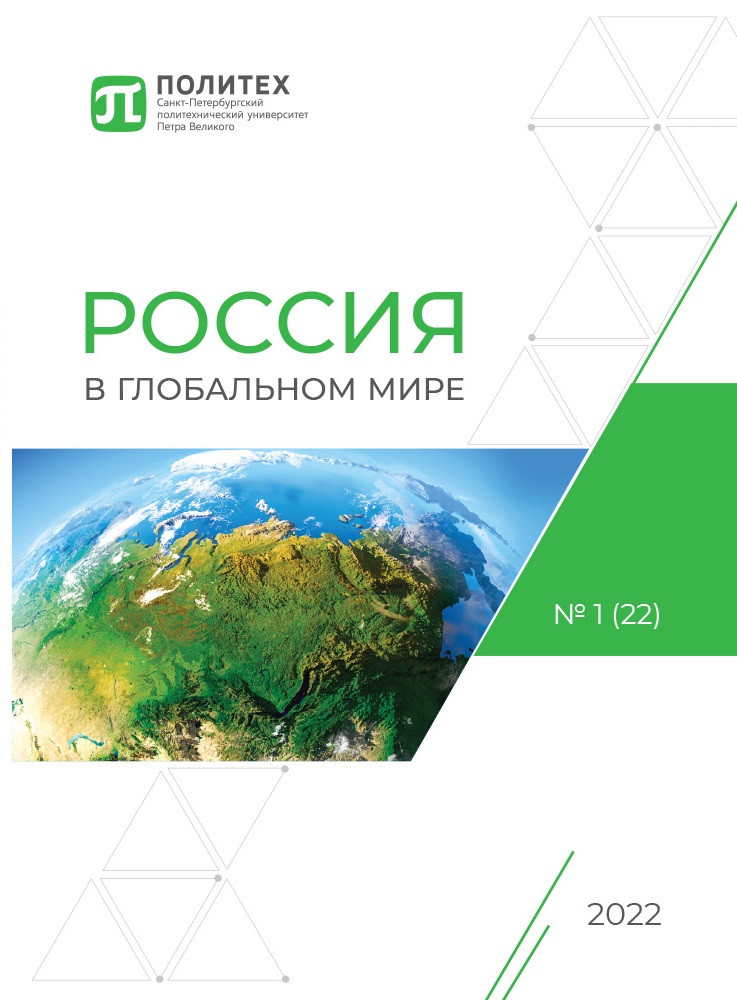Images of Imperial Power in Loyal Addresses of the Interrevolutionary Period in the Russian Empire (1907–1917)
The study provides a detailed analysis of the images of imperial power prevalent in the political discourse of the Russian Empire in 1907-1917. The relevance of the chosen topic lies in the need to expand research optics in the study of the inter-revolutionary period of the history of the Russian Empire. The loyal addresses make it possible to identify the myth of imperial power, widespread in the political communication of the autocrat and his subjects, which sheds light on the process of the collapse of the monarchy. The purpose of the study is a comprehensive research of the political significance of addresses in the highest name. Within its framework, the tasks of the source analysis of addresses were solved; the study of images of Nicholas II and the royal family; the identification of ideas of Nicholas II and members of the royal family about the phenomenon of imperial power; the reconstruction of models of political communication of the tsar and subjects on the basis of loyal telegrams. The methodological basis of this work is the approaches of new political history, in the context of which, following a number of researchers, we tried to consider political processes through the prism of symbols and images of power. As a result of the study, it was revealed that in 1907-1917 the addresses to the supreme power were of a loyal nature. In addresses to the emperor, Nicholas II appears not only as the father of his subjects, but also as a wise politician. The First World War marked the beginning of the construction of new images, the main ones among which were the image of the emperor, a Sovereign leader leading the Russian army to victory over the enemy, and the Empress, a sister of mercy, giving an example of selfless service to the Fatherland. In this regard, the compendium of images appearing on the pages of addresses has a purely positive coloring, demonstrating the loyalty of subjects and the preservation of patriarchal forms of relations between the tsar and the people. At the same time, the further tragic fate of the dynasty allows us to say that the relations between the subjects and the emperor were of a more complex nature, which can be clarified with the help of a source introduced into scientific circulation – addresses to the highest name. A comparison of the rhetoric of the imperial family in sources of personal origin and subjects in addresses suggests that pre-revolutionary "letters to power" can be considered as the key to understanding the myth of imperial power, constructed in the eyes of the royal family.


